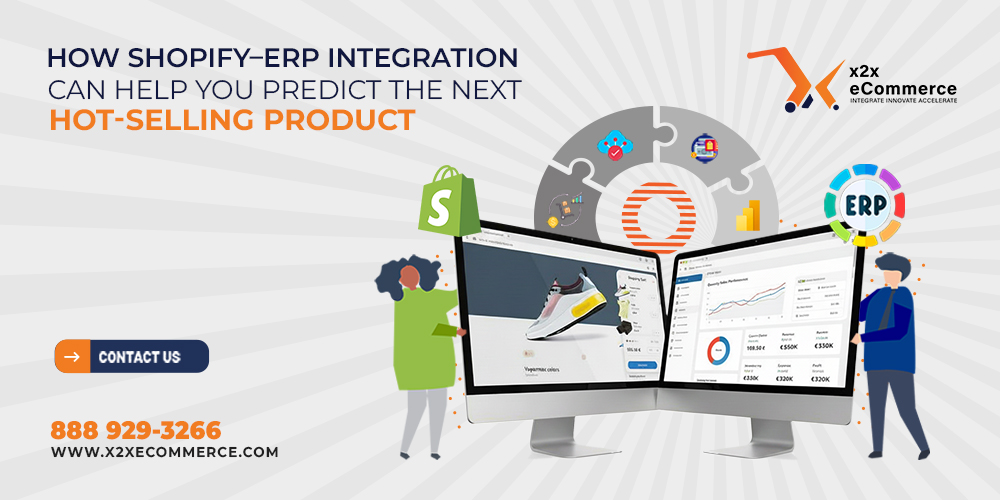
Success in today’s fast-moving eCommerce world is not only about quick reactions, but rather about predicting what your customers are going to want next. But to many Shopify merchants, demand forecasting can feel like a guessing game. In fact, your next best-selling product is more than likely buried in your data, and an ERP integration may hold the key.
Now, let’s look at how Shopify’s integration with ERP systems, such as Microsoft Dynamics 365 Business Central or NetSuite, will empower you to find trends, forecast demand, and confidently plan inventories.
1. Joining the Dots Between Sales and Supply
Shopify will give you deep insight into what is selling now; your ERP knows what is in stock, on order, and the velocity at which items are moving through your supply chain.
2. Early Trend Identification from Unified Data
It is all about predicting the next big product, and that depends upon identifying the patterns early. Shopify-ERP integration means analysing sales velocity, customer segments, and regional trends all in one go.
An integrated system would answer such questions as:
- Which kind of products are in demand in which markets?
- What is the repurchase rate of new items launched in recent times?
- Which SKUs have the fastest growth rate over the last 30 days?
It helps you act right before your competitors can even notice the trend.
3. Smarter Forecasting with Historical Data
Solutions like Microsoft Dynamics 365 Business Central are built for forecasting, but they’re only good as the data that they have. When Shopify sales feed directly into the ERP, this greatly increases the accuracy of your forecasting engine.
By combining:
- Shopify gives real-time information on sales and customers.
- Historic ERP purchase, production and supplier information
you get predictive insights to drive smarter procurement and manufacturing decisions. This means no overstocking of the slow movers and never having to miss out when demand spikes for the next bestseller.
4. Marketing and Merchandising Optimization
Having your ERP integrated with Shopify means operations are not the only ones benefiting. In fact, you’re marketing and merchandising teams also benefit from this.
With integrated information, they then can:
- Highlight products with rising sales momentum
- Recommend “Frequently bought together” bundles
- Run targeted promotions based on up-to-the-minute inventory levels.
5. Turning Data into Action with Power BI & Analytics
Shopify-ERP integration, combined with analytics tools like Power BI, can visualize all trends on powerful dashboards: sales velocity, product lifecycle, and inventory turnover, among others.
These dashboards help leadership teams make fast, confident decisions such as which product lines to expand or when to ramp up supplier orders in advance of peak season.
6. The x2xeCommerce Advantage
With x2x you can:
- Unlock real-time insights into product performance
- Accurately forecast demand
- Automate reordering according to trends.
- Empower data-driven product strategy across your organization
Final Thoughts
Predicting your next hot-selling product doesn’t take a crystal ball; it takes connected data. Integrate Shopify with your ERP and unlock insights that transform raw transactions into predictive intelligence. The result? Smarter buying, better timing, faster growth.



